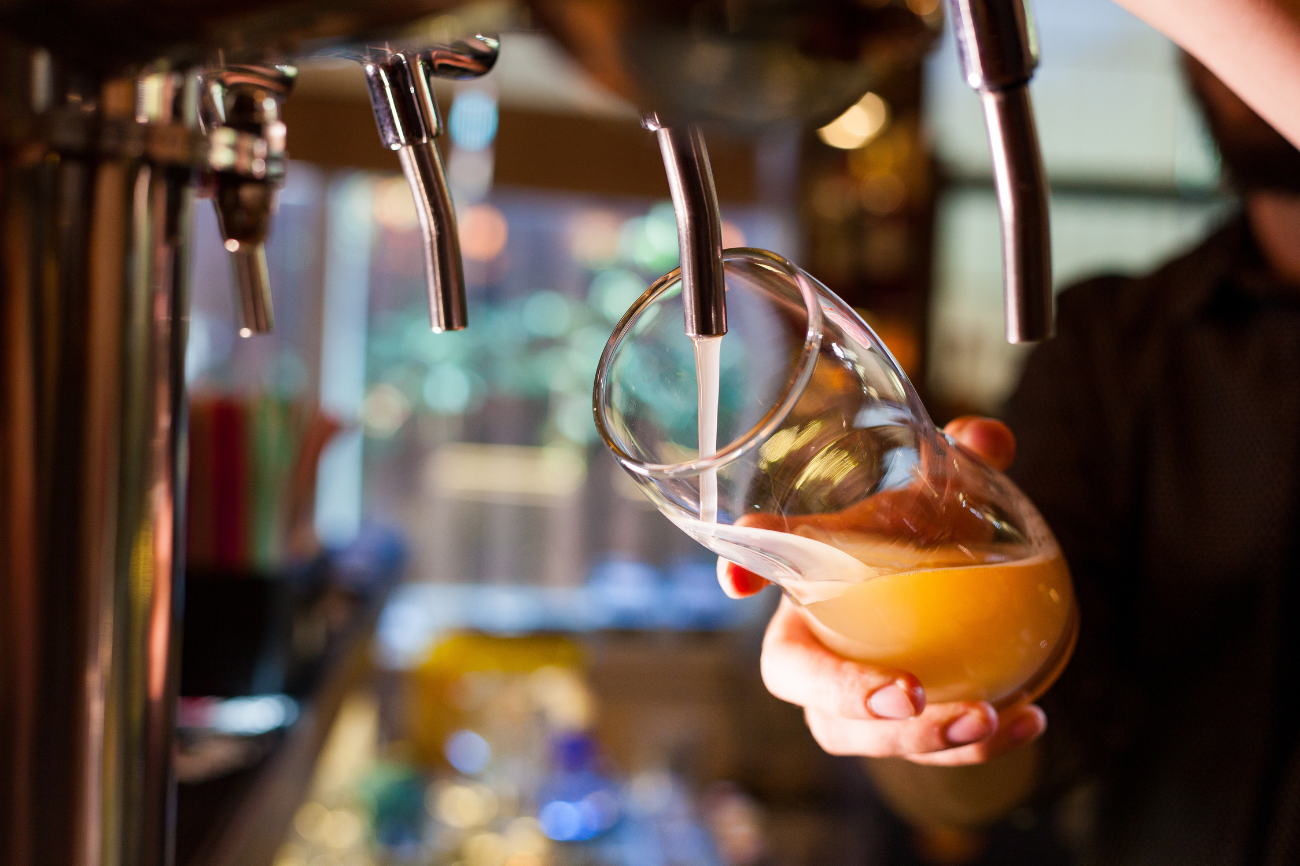A Not-So-Hoppy Future for Beer Drinkers?
Posted on Categories Discover Magazine

Europe is home to prime areas for growing aromatic hops, a flower used in brewing beer. But, as conditions get hotter and drier, hop yields have declined in the continent’s hop-growing heartland, according to a study recently published in Nature Communications. Not only that, but soaring temperatures are also reducing hops’ alpha acid content, the source of beer’s bitter flavor.
Though the findings seem to spell an uncertain future for hoppy beer, some experts have cautioned that changing tastes and an adapting industry are likely contributing to the trends.
Hoppy Conditions
According to the World Meteorological Organization, Europe is the world’s fastest warming continent, with average temperatures currently more than 2°C higher than during the preindustrial period. Droughts have increased in strength and frequency since the 1800s.
Focusing on Germany, Slovenia, and the Czech Republic, researchers paired industry data on hop yields and alpha acid content over two 24-year periods, 1971–1994 and 1995–2018, with regional weather data and long-term climate records from European meteorological agencies. Comparing the two time periods, the researchers found that dry conditions caused hop yields to fall by almost 20% in some regions, while alpha acid content dropped by as much as 34%.
Hops sprout from rootstock in early spring, flower at the start of summer, and develop flavor-filled “cones” as the day length shortens after the summer solstice. The data showed that the start of the hops growing season has shifted forward by about 13 days since 1970, and the cones are developing up to 31 days earlier. That means the hops are ripening under longer, hotter days.
“If the hops are grown in hotter temperatures, that is going to force the plant to use more water,” said Colorado State University plant scientist William Bauerle, who was not involved in the study. “It’s going to degrade the alpha acids and the aroma profile, the volatiles, and the essential oils. Those aromas can literally just volatilize away—they evaporate into the air and are lost.”
Adapting to the changes will be difficult, said study coauthor Miroslav Trnka, a climate scientist at the Czech Academy of Sciences. Though the lack of water availability can be addressed to some extent through irrigation, “defending the field against high temperatures is very difficult.”
Trnka said that many other food crops, such as barley, can be sown and harvested earlier in the year to avoid the extremes of midsummer, but hops are tied to the shortening day length after the summer solstice, meaning “you cannot actually avoid the summer heat.”
Farming, he said, “has always been seen as something [for which climate] adaptation is fairly easy and straightforward.” But these findings show that “we should not overestimate our adaptation [capabilities] because there are some obstacles that are hard to play with.”
The researchers produced models that map these trends into the future. They predict that in a continuously warming climate, European hop yields will fall by 4%–18% by 2050, and alpha content could drop by as much as 30%. They warned that the European hops industry will need to expand by 20% to keep ahead of climate change.
Some experts, however, thought the study’s findings could be taken out of context.
Adrian Forster, a coauthor of Hops: Their Cultivation, Composition and Usage, who has been studying the effects of climate change on hops since the 1990s, said that changing tastes in the beer market might have contributed to the observed changes. He noted that the study’s authors equate alpha acid content with “quality,” but the so-called “aroma hops” favored by craft beer brewers are naturally low in alpha acids. “The constantly changing range of varieties is not discussed,” he said of the study. “This does have an impact on the yield and alpha acid content.”
Hops breeder Kerry Templeton of New Zealand’s Plant and Food Research also noted that the reported decline in alpha acid content coincided with the rise in popularity of craft beer brewing. Alpha acid, he said, is no longer the main indicator of hops quality for many brewers.
“Alpha acids are not the thing I’d be worried about causing a drop in hop quality,” Templeton said. “Alpha’s still important, but it’s not the be-all and end-all of everything.” Templeton was not involved in the study.
Caught on the Hop?
The industry has been aware of the impact of climate change on alpha acid production and crop yield for decades, and adaptation is well underway, Forster said. According to his recent research, different hop varieties react differently to heat and water stress: Older “landrace” varieties, which are closely adapted to local conditions, fare worse, whereas some newer breeds withstand a hot, dry season far better. That knowledge, he said, should allow breeders and brewers to shift their focus to more climate-resistant varieties, although he acknowledged it may take time.
“It’s not so easy to convince brewers they have to change their recipes—they are quite conservative,” Forster said.
Adaptation to climate change through selective breeding could mean revisiting the ancient varieties from which today’s commercial hops varieties were originally cloned, Bauerle said. “We can breed, knowing those genetic histories, to adapt the hop to whatever climate we’d like to grow it in.”
“The trade-off will be giving up potential aroma and flavor profiles,” Bauerle said. “You might be able to successfully breed for a warmer climate, but what kind of genetics do you give up in order to do that?”
Hops, Templeton said, might also be grown in other parts of the world. He pointed out that though hops are traditionally thought to grow only in a narrow band around the midlatitudes, commercial crops have been successfully trialed in Florida and Brazil using artificial outdoor lighting to control the photoperiod, or “day” length.
“Worldwide there’s a lot of areas that could be growing hops that aren’t,” he said. “I don’t see our beer disappearing in a hurry.”
This article was originally published on Eos. Read the original article here.